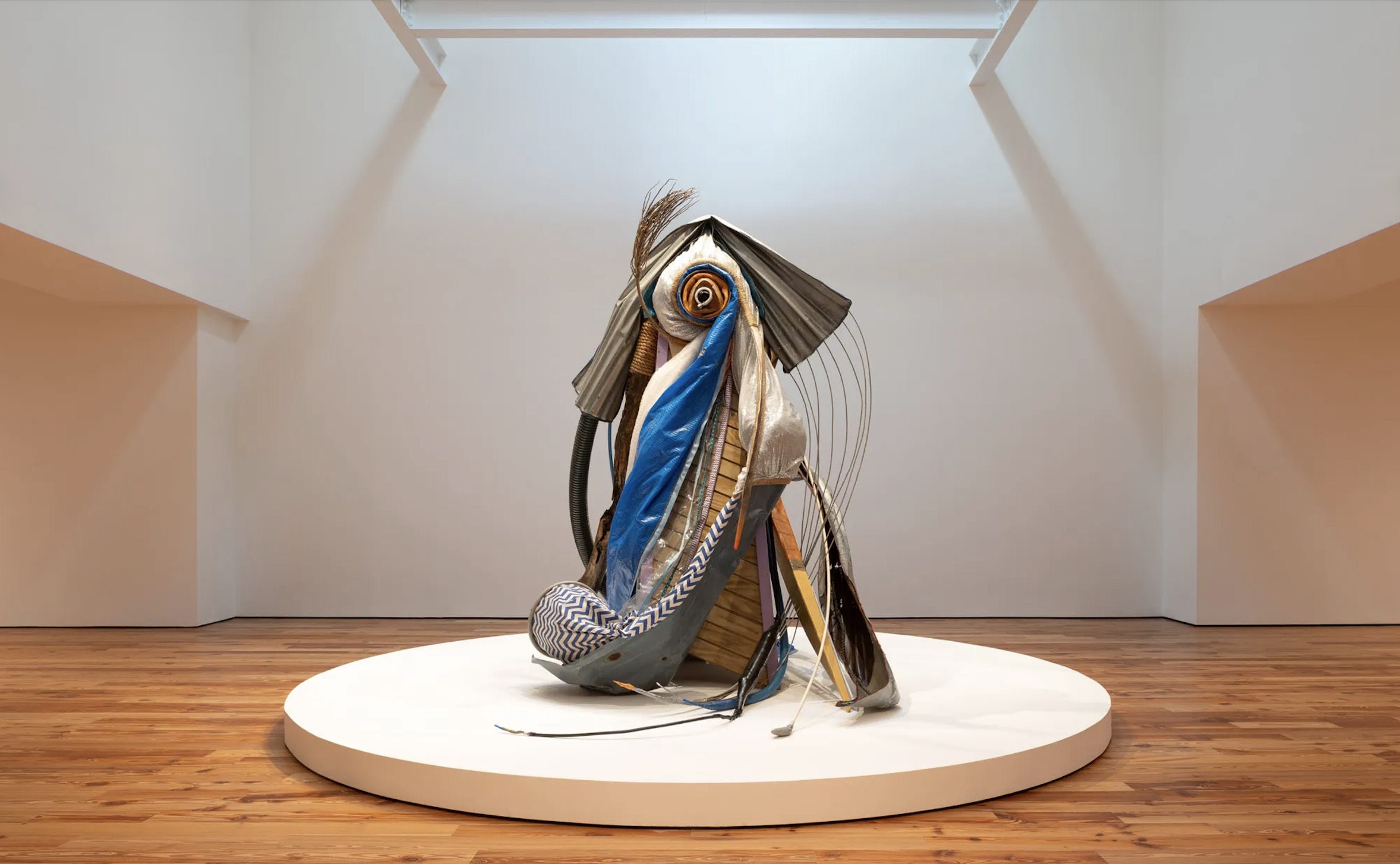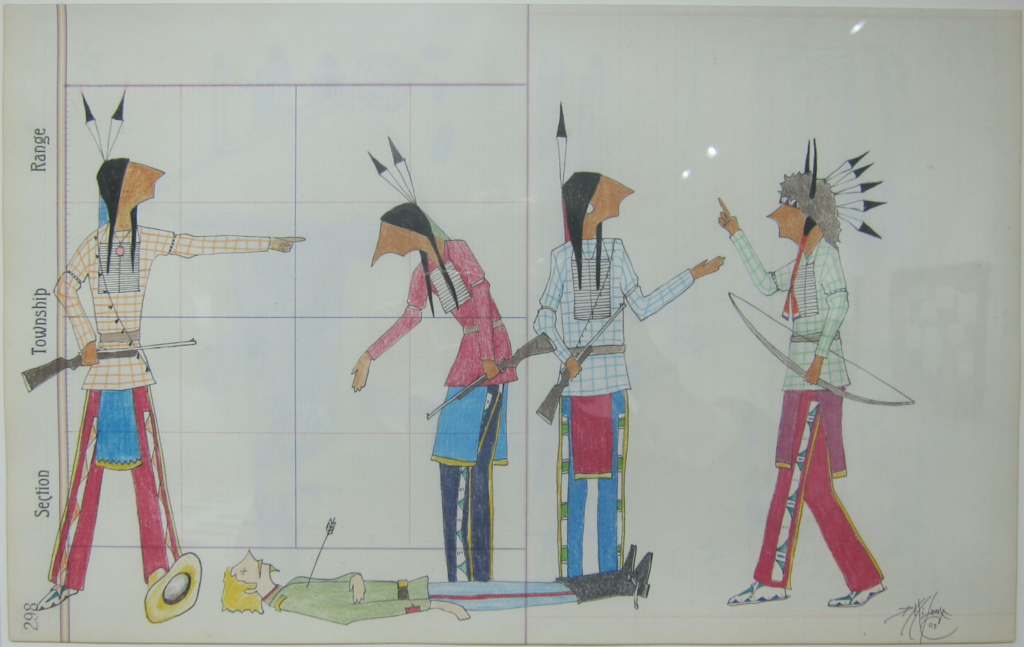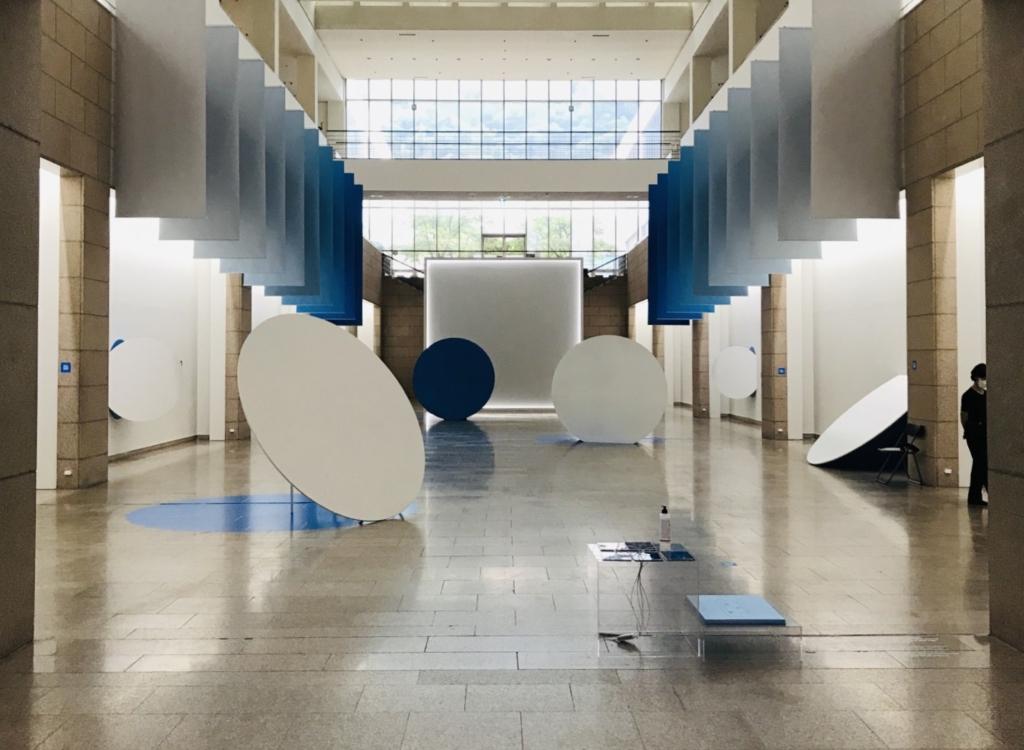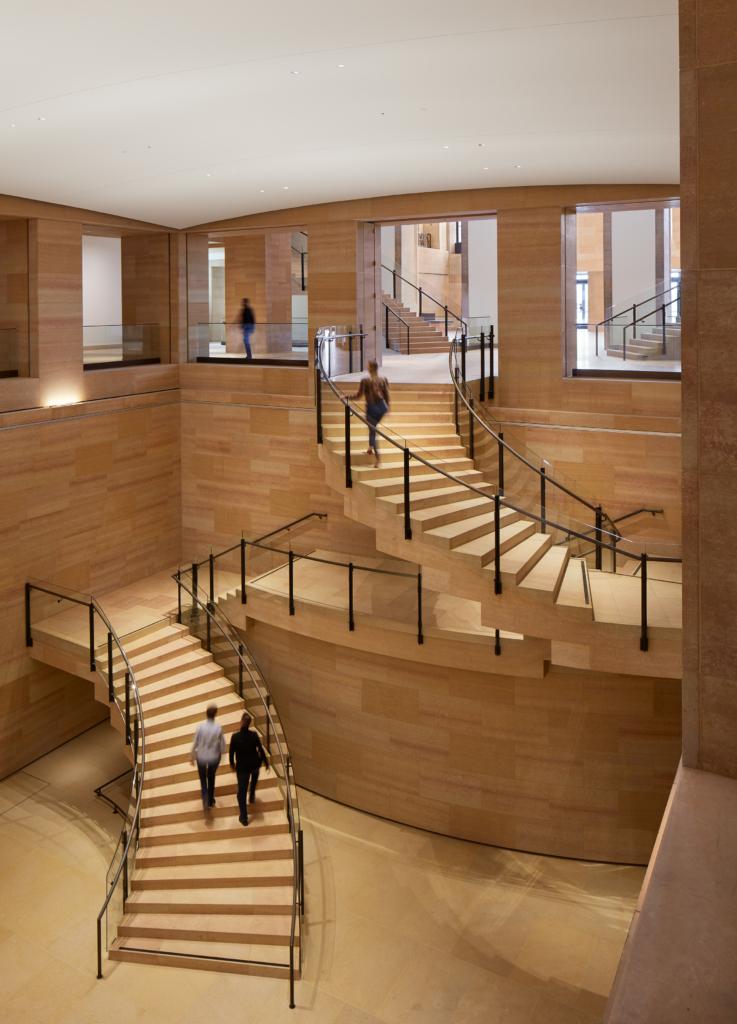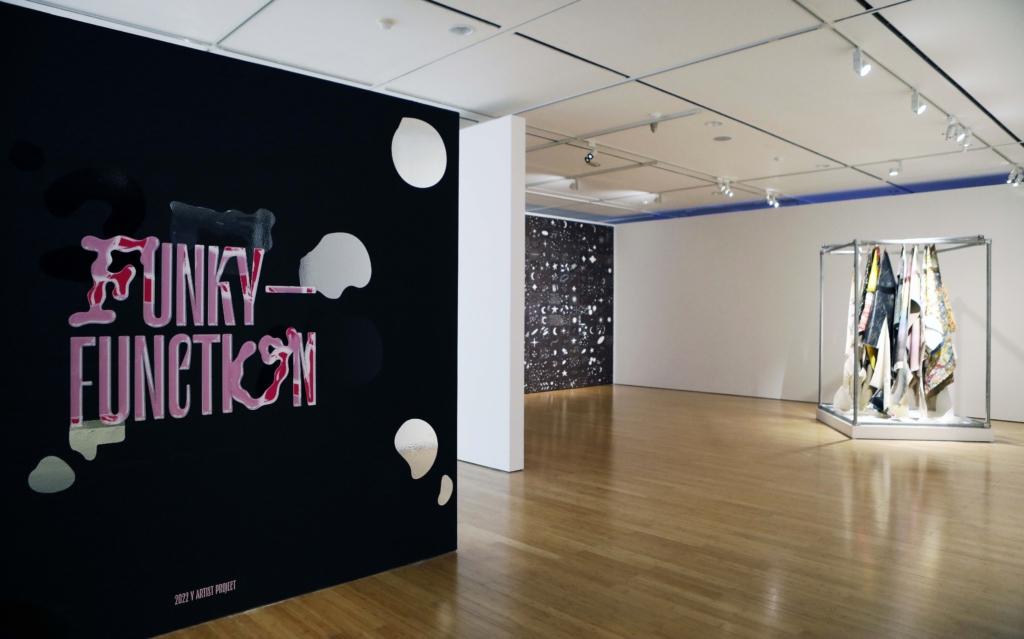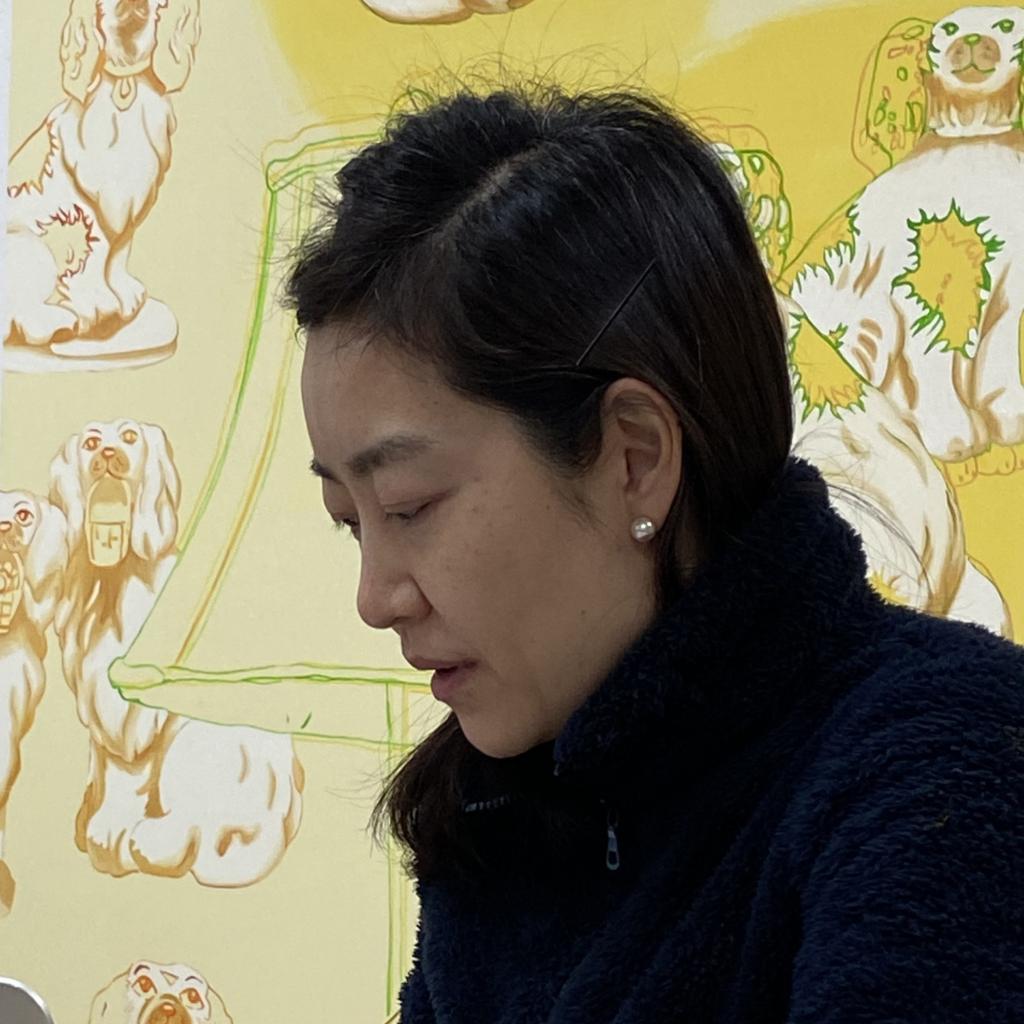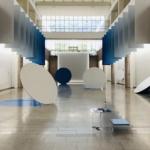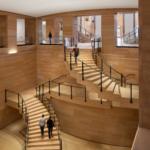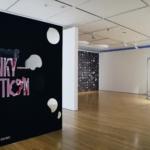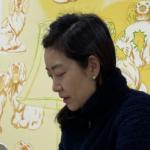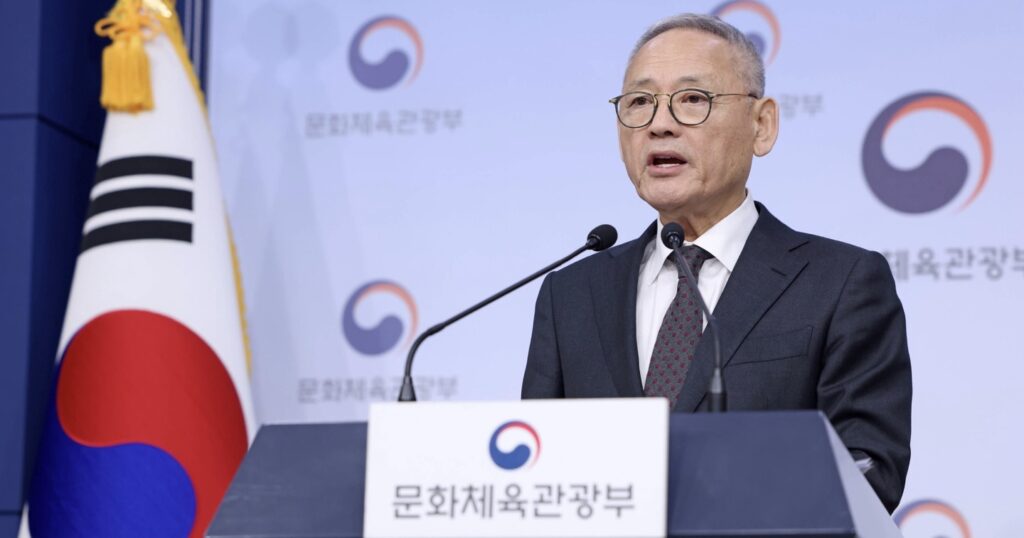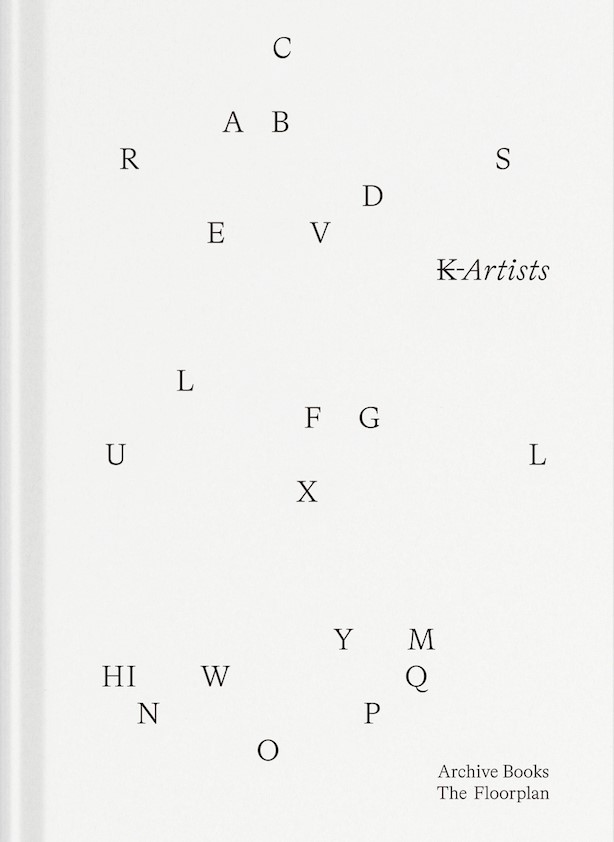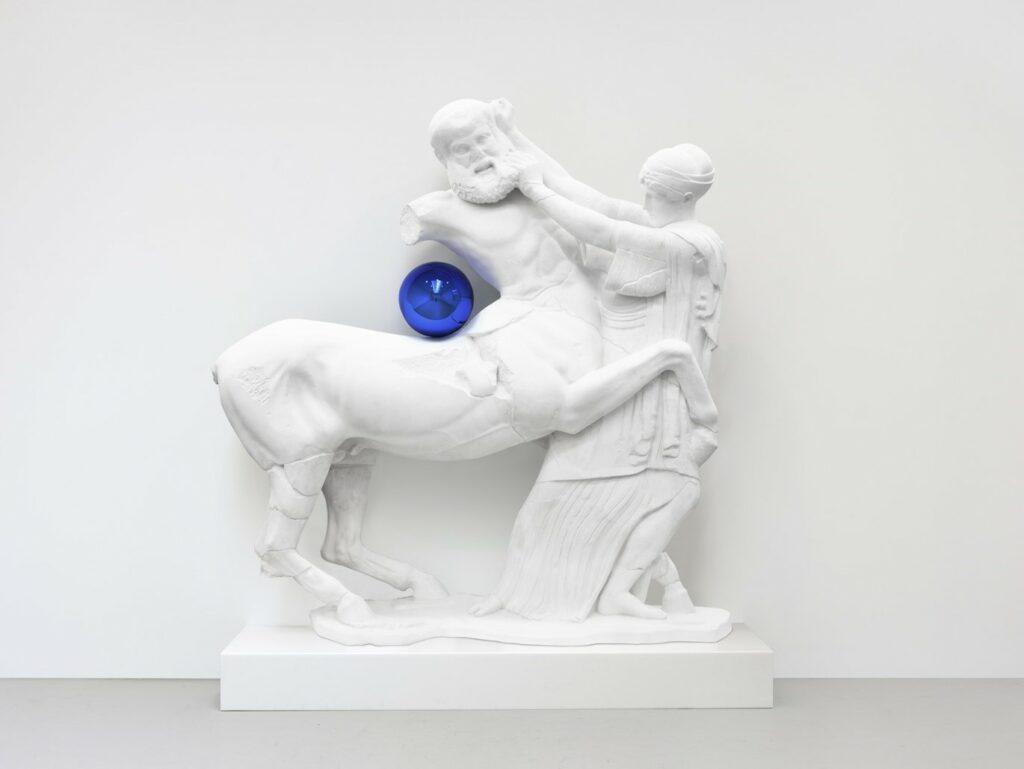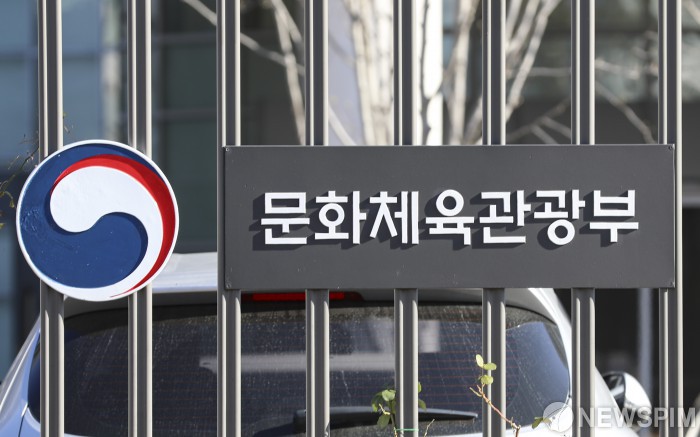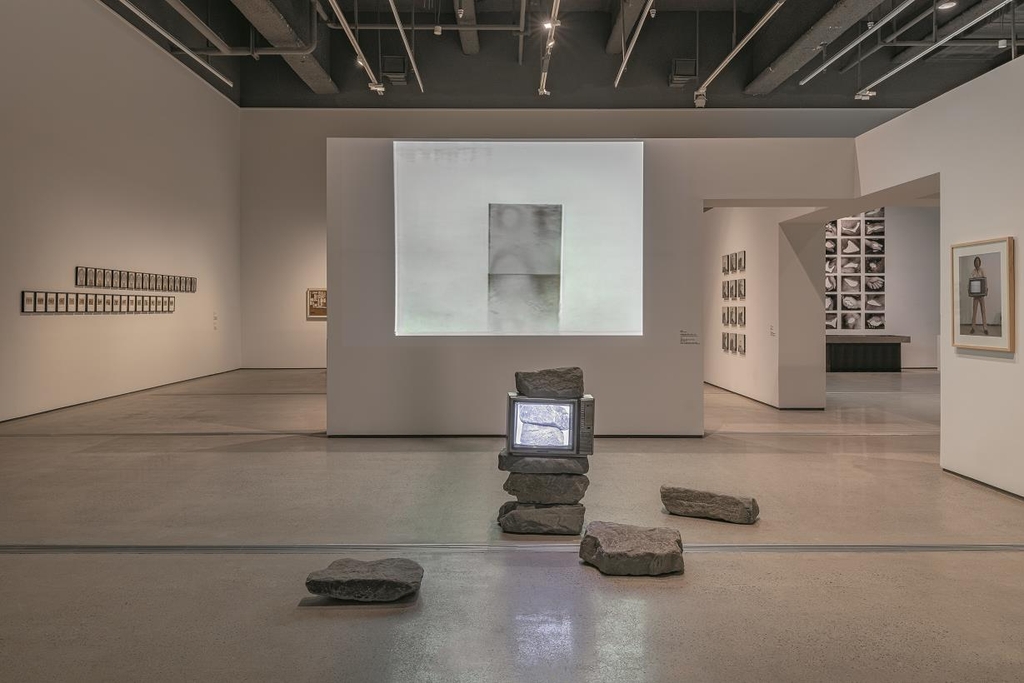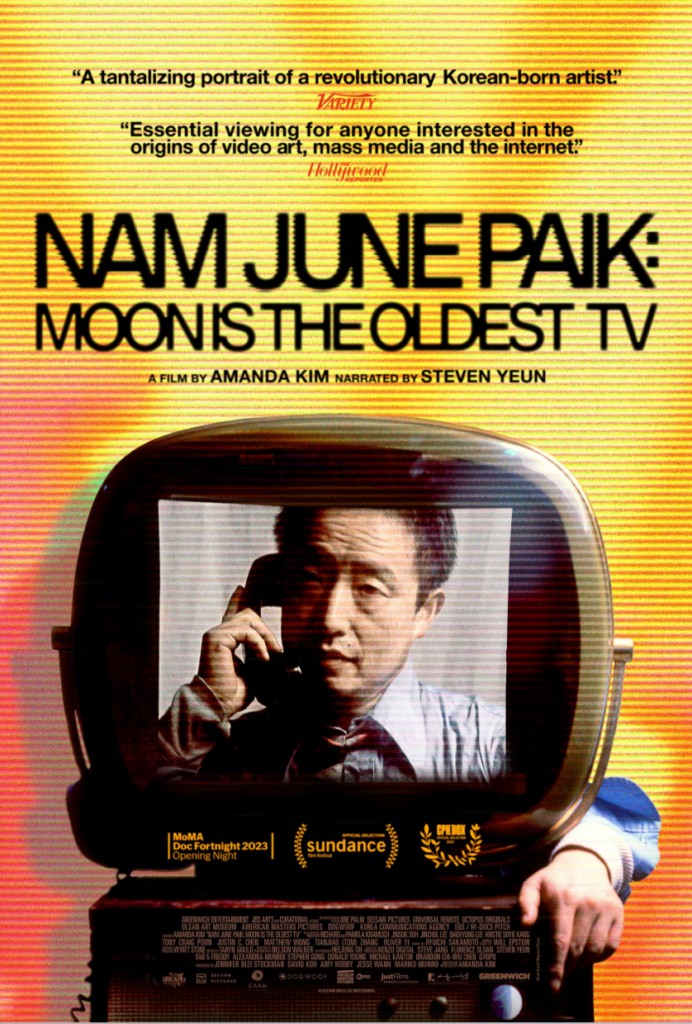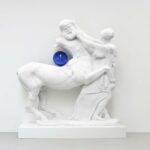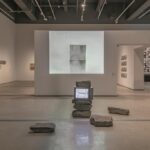New York, Daniel Lind-Ramos’s Monumental Sculptures.. and More
USA_New York
Daniel Lind-Ramos’s Monumental Sculptures
MoMA PS1 in New York began as a small nonprofit contemporary art organization in 1976 and became affiliated with the Museum of Modern Art (MoMA) in 2000. Since then, it has been an active participant in the city’s public art policy.
Through September 4, MoMA PS1 presents “El Viejo Griot – Una historia de todos nosotros,” a solo exhibition by Puerto Rican artist Daniel Lind-Ramos (b. 1953). The title, which translates to “The Elder Storyteller-A Story of All of Us” borrows its name from the role of the narrator who appears at Loíza’s annual festival to interpret the town’s past and present. The title reflects the artist’s recognition that his role as an artist is also to interpret and tell stories of the region’s past and present.
Lind-Ramos creates monumental sculptures and video works from everyday tools, ornaments, trash collected from the beaches and streets near his studio, and gifts from acquaintances. His materials reveal the local character and cultural traditions of Loíza, while his sculptures evoke the impact of contemporary disasters such as Hurricane Maria, which hit Puerto Rico in 2017, the COVID-19 pandemic, and environmental degradation, and the solidarity of communities to survive. He is the recipient of the 2021 MacArthur Prize.
USA_Chicago
“Surviving the Long Wars: 2023 Veteran Art Triennial & Summit”
The second Veteran Art Triennial & Summit, “Surviving the Long Wars,” is currently on view in Chicago. From the North American Indian Wars to the 21st century Global War on Terror, those who have experienced military conflict in U.S. history include Ho-Chunk people, U.S. Army veterans, African-Americans, Iraqi refugees, and many others. The exhibition encompasses this diversity and explores artistic practices in the context of war. The exhibition takes place in three venues, the Chicago Cultural Center, Hyde Park Art Center, and Newberry Library, and features artworks by BIPOC (Black, Indian, and People of Color) veterans, civilians, and descendants of victims.
Chicago Cultural Center’s “Reckon and Reimagine (March 12-July 2)” addresses the 2003 U.S. invasion of Iraq. It offers a perspective on the 21st-century military conflict that left hundreds of thousands of Iraqis and more than 4,500 U.S. soldiers dead, as a history fundamentally linked to the American Indian wars of the 18th and 19th centuries.
Hyde Park Art Center’s “Unlikely Entanglement (March 16-July 9)” reveals visual parallels and connections between different histories, regions, and peoples resisting colonialism. War survivors and their descendant artists tell stories of survival and resistance through collage, embroidery, and assemblage installations.
The Newberry Library’s “Residues and Rebellions (February 28-May 26)” focuses specifically on the ‘ledger art’ of North American Indians. In the late 19th and early 20th centuries, Indians recorded traditional Indian life, battles, and martial arts on American-produced ledgers instead of paper.
USA_New York
Matthew Barney’s Solo Show “Secondary”
Matthew Barney (b. 1967) is widely known for his unique videos, sculptures, and performances that combine his interest in the physical movements of sport with his mythological imagination. From May 12 through June 25, Barney presents a new five-channel video ‘Secondary’ at his studio in Long Island City. The artist’s studio was transformed into a football stadium during the shooting of the video and now serves as the exhibition space.
‘Secondary’ is a video work in which two different narratives intersect. The first narrative focuses on the events of 1978 when football player Darryl Stingley (b. 1951) got paralyzed in an on-field accident. The accident left a deep impression on Barney, then a young football player. The work uses the movement of the football as a choreography and deals with Barney’s memories of the accident, exploring the overlap between actual violence and violence as an image in memory. The artist describes football as an example of the intersection of violence and spectacle deeply embedded in American culture.
The second narrative consists of the use of materials and space. The performers choreograph using various sculptural materials such as lead, aluminum, and terra cotta. These materials represent qualities such as strength, resilience, fragility, and memory, which the artist imagines as character traits.
Barney’s studio, where the exhibition takes place, is located on a dock along the East River, and inside the studio is a six-foot-deep trench that exposes broken ceramic pipes underneath. The studio is flooded with river water when the tide rises. Barney used this spatial feature as an element of the video’s narrative, and the viewer encounters the hole in the exhibition space.
Aproject Company. Co., Ltd | Founder & CEO : Jay Jongho Kim
216 Dosan-Daero, B2F, Gangnam-gu, 06047 Seoul, Korea
Business Number : 894-88-01945
Contact : aproject.company@gmail.com
Mail-order-sales registration number : 제 2021-서울강남-04243 호










